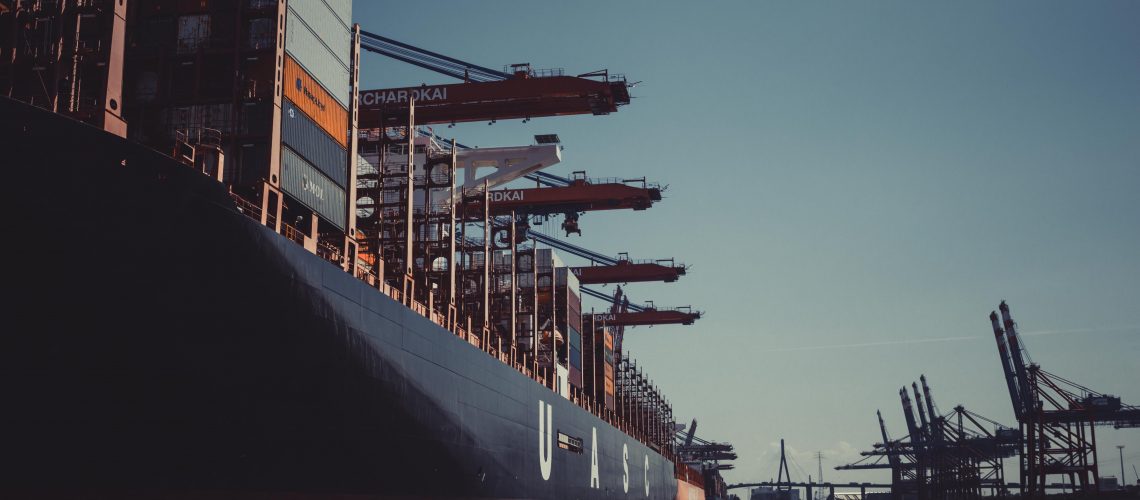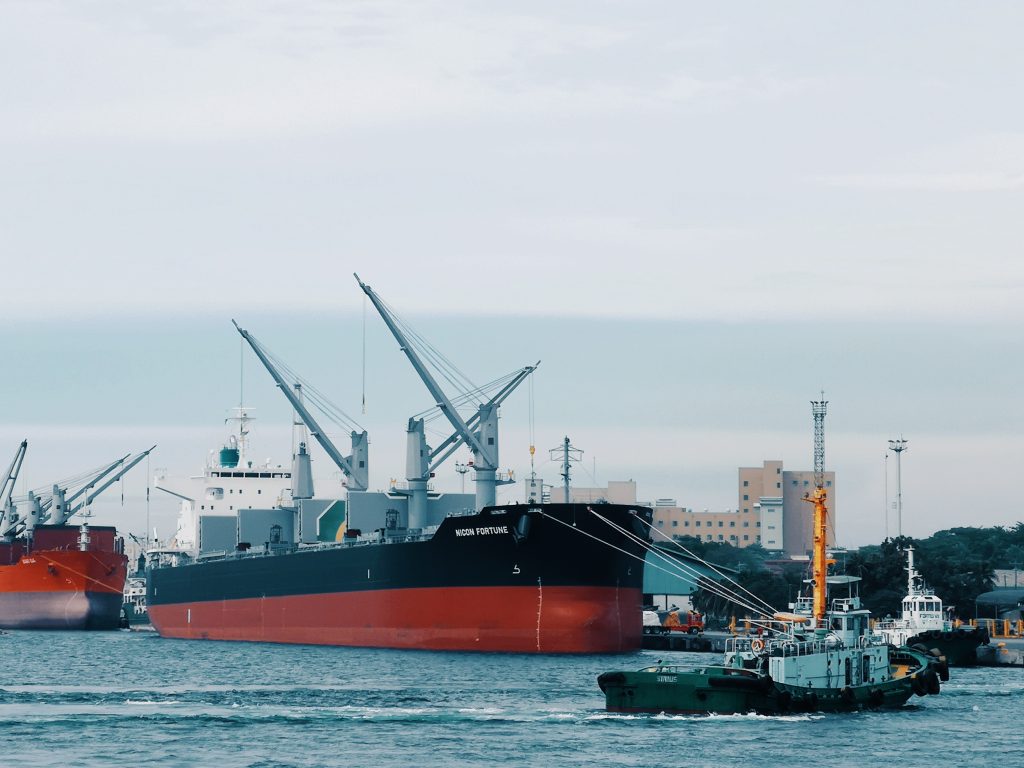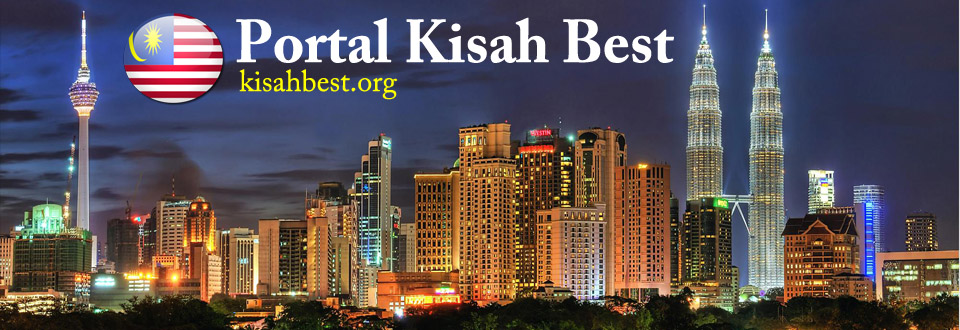What There Is To Know About Laying Up Vessels
January 11, 2022

Many profitable ship owners have had their fortunes flipped upside down as a result of the current drop in oil prices. Ship owners have little option but to reduce expenses and put their boats up for sale or lay-up as earnings decline. Similarly, the marine and offshore sectors have been impacted. As a result, several big and even minor oil exploration enterprises with a significant maritime fleet have temporarily shut down to prevent their operations going aground.
The word ‘Lay-up’ or ‘Laid-up’ of ships refers to ships that have been put out of lucrative service temporarily owing to a lack of contract or cargo. Increases in freight charges are sometimes inadequate to pay the ships’ operating expenses. ‘Laying up’ ships makes sense to the proprietors during such difficult times. During this non-profitable time, a lay-up is used to lower the company’s overheads, such as ship mechanical wear and tear, staffing expenses, fuel, and insurance costs. When contrasted to the sales of ships throughout a drought, lay-up is almost always a more sustainable alternative. Owners are sometimes forced to allow repairs or even contemplate docking their boats due to lay-up.
Let’s start by delving further into what a lay-up ship is all about.
The procedures of putting up the vessels are known as ‘Hot Lay up’ and ‘Cold Lay up.’ The ship is out of operation throughout a Hot Lay-up in Malaysia, but it may be mobilized into duty at any time. In cold lay up, the ship is tied or anchored in a secure location while waiting for fresh work or contract. Out-of-service ships need a secure sanctuary for their non-working condition, which requires meticulous preparation. The most crucial component in ship lay-up is deciding on a location.
The goal of laying-up in safe locations is to ensure the crew’s safety, the vessel’s security, and the environment’s protection. It also serves to protect the vessel’s structure against corrosive environments and equipment wear and tear.

The following criteria are used to choose sites:
- Protection from open waters, winds, and weather to minimize additional structural damage that might be expensive for the already shaky corporation
- Security and its effect on the location’s implementation. In light of the ISPS, SOLAS, and ISM standards, if the region has an adequate backup plan.
- Easy re-mobilization in the event of Hot-Lay up periods due to proximity to commerce / business regions. Due to their strategically and geographically advantageous places, regions around Singapore, Gibraltar, and Rotterdam, for example, are hotbeds for simple business resurrection.
- If maintenance or docking are necessary, availability of repair workshops, parts, and stocks is essential.
- Access to common and utility services, such as fresh water, supplies, and gasoline, as needed for operational reasons, since these may become rare during extended layoff periods.
- Fees and dues for a sustainable port, anchorage, and wharf
- If you’re anchoring, make sure you have enough water depth and a suitable holding ground since the lay-up may linger for days, even months.
- Access to appropriate ship agents who can handle the majority of the port documents and crew adjustments as needed.
More articles like this here.

